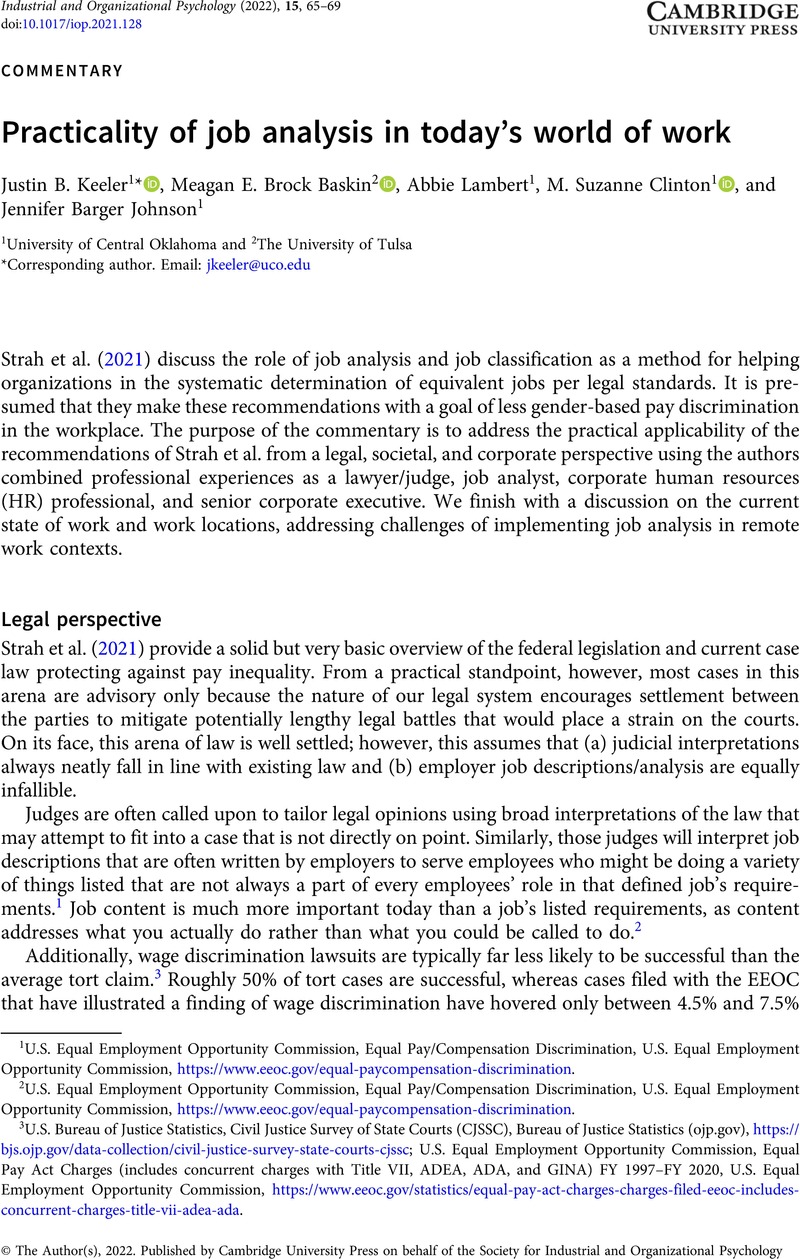Crossref Citations
This article has been cited by the following publications. This list is generated based on data provided by Crossref.
Walker, Dayna O. H.
and
Larson, Milan
2025.
Leveraging Generative Artificial Intelligence (AI) for Human Resource Management: The AI Job Description Assignment.
Journal of Management Education,
Vol. 49,
Issue. 1,
p.
113.



